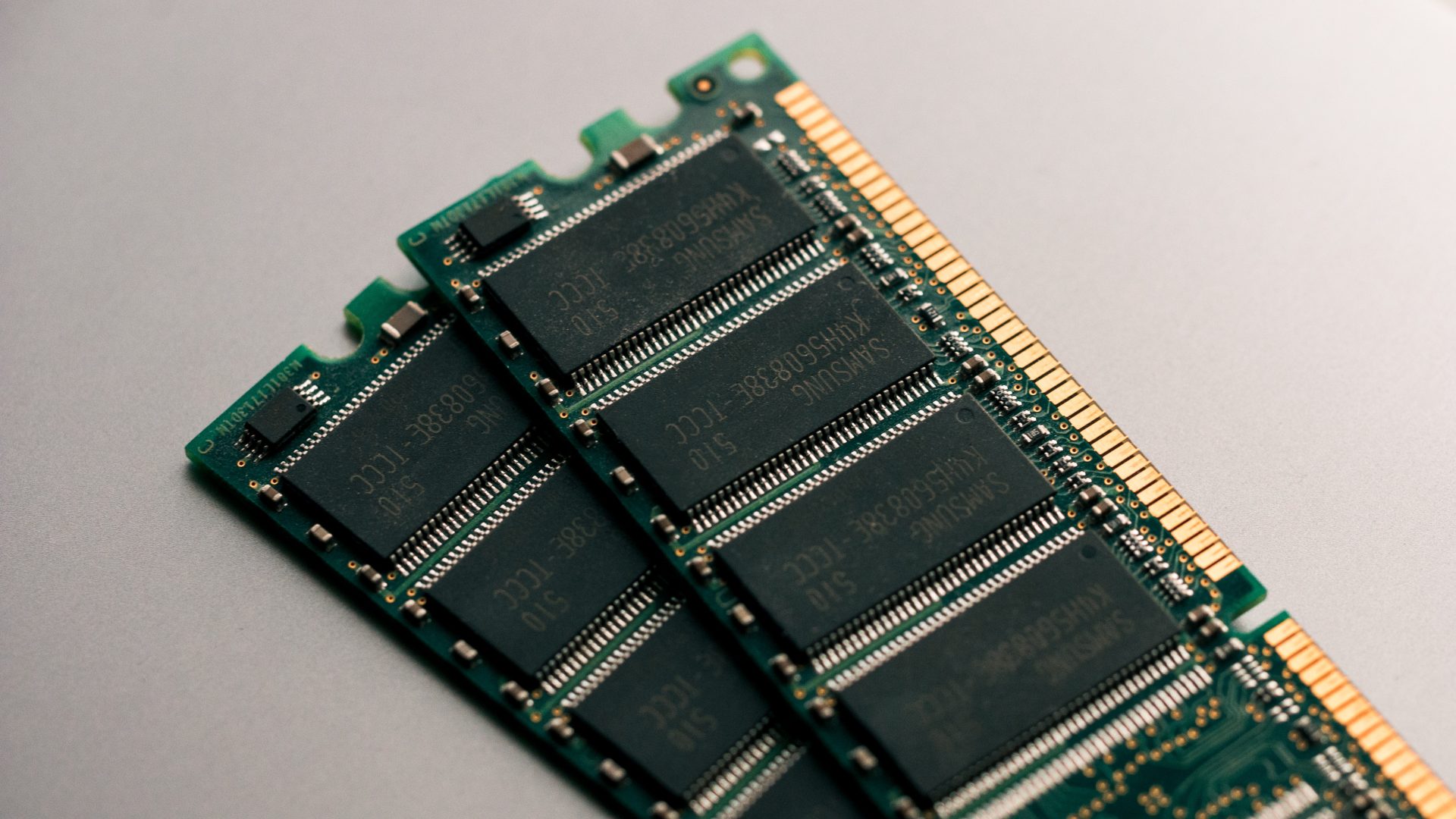Introduction to Clearing RAM on Mac
If you’ve been using your Mac for a while, you may have noticed that it starts to slow down or freeze up occasionally. One possible reason for this is insufficient RAM (random access memory).
In this article, we’ll explain what RAM is and how it works, as well as why it’s important to free up RAM on your Mac. We’ll also provide several tips on how you can easily clear RAM on your Mac to help improve its performance.
RAM is a type of computer memory that stores data that is being used or processed by the operating system and active programs. You can access any memory location directly in “random access” memory, rather than going through a sequential process.
When you open an app or perform a task on your Mac, the operating system transfers the necessary data from the hard drive to the RAM for faster access. However, when the amount of RAM on your Mac becomes full, it starts using virtual memory, which is a portion of the hard drive acting as additional RAM.
This is why your Mac may start to slow down when you have too many apps or programs open at the same time – it’s running out of available RAM and has to rely on virtual memory, which is much slower.
That’s why it’s important to free up RAM on your Mac – to ensure that it has enough memory available to run smoothly. In the next section, we’ll go over some practical ways you can clear RAM on your Mac.
Ways to Clear RAM on your Mac
Thankfully, clearing RAM isn’t a difficult process and requires very little technical expertise. Some of the most common methods for freeing up memory space on your Mac are to quit apps you’re no longer using, reduce the number of tabs you have to open in your web browser, empty the trash on your computer, clean up your desktop by organizing your files into folders, uninstall any programs you don’t use anymore, and compress files that are taking up too much space.
By doing any of these tasks, you can reclaim precious RAM that was previously unavailable.

Quit unnecessary apps running in the background
Keeping your Mac running at peak performance can often involve more than a quick scan and installation of the latest software updates. One important step in maintaining your computer is clearing its RAM from time to time.
This can be simply done by quitting apps that are running in the background, freeing up resources for other operations on your machine. Doing so allows for faster loading times for programs, ensures adequate space for process storage, and helps prevent data loss due to insufficient storage availability.
Taking the time to routinely clear RAM from the background apps will help maximize your system’s potential and keep it performing up to its full efficiency.
Reduce the number of open tabs in the web browser
Clearing RAM on your Mac is an important part of maintaining its performance and preventing computer crashes. One easy way to reduce the amount of RAM being used is to observe the number of tabs that are open in your web browser.
Having dozens of tabs open will quickly add up and consume a lot of RAM, so try to keep only the ones you are currently using regularly open. Moreover, close those you no longer need with the goal in mind of avoiding any unnecessary pressure on RAM.
As keeping tabs closed may be hard if you use multiple browsers and devices, try taking advantage of browser tab-syncing services that offer convenient features such as saving open tabs across all devices. This can be a great help for keeping your Mac’s RAM clear of excessive clutter.
Empty trash on your computer
Taking the time to periodically clear RAM on your Mac is an important part of protecting your system from potential threats and improving performance. One easy way to do this is to empty the trash.
When you delete files and folders, they are sent to the trash. Though this data is not taking up much physical space, it still clutters RAM, which makes it difficult for your Mac to find temporary storage for active programs and processes.
To maximize free RAM and by extension, the efficiency of your Mac, empty the trash at least once a week.
Organize and store files in folders on the desktop
You can clear the RAM by organizing and managing the files stored on your desktop. Avoid unnecessary clutter by creating folders and sorting the most frequently used documents and applications into them.
Besides helping keep your RAM clean, this also makes it easier to find important documents and applications. Furthermore, it helps reduce potential distractions from your work as you will only see what is relevant.
Keeping an orderly desktop can greatly improve your day-to-day workflow and make sure your machine is always running at its best.
Uninstall unused programs
You can free up some of your RAM by uninstalling any programs you no longer use. To do this, it’s simply a matter of going through your Apps folder and dragging unwanted programs to the Trash.
Also, if there are apps that automatically open at startup or run in the background, they will also be consuming a large part of your RAM. Make sure to change these settings or completely disable them so as to reclaim some memory space and optimize used RAM.
Compress large files to save space
If you are looking to clear RAM on your Mac, compressing files that take up a lot of space is an excellent method. By taking the files and shrinking them down into smaller chunks while maintaining the original format, you can free up a large amount of space in RAM.
This method allows you to compress a file without sacrificing any functionality or usability, as it can still be viewed or opened in its normal form after being compressed. Furthermore, there are various tools available for Macs that make this process significantly easier.
You can compress files quickly and easily with just a few clicks using these tools, which will give your Mac the boost it needs to run more efficiently.
Conclusion
In summary, clearing RAM on your Mac can help improve its performance and speed. There are several easy ways to do this, including quitting unnecessary apps running in the background, reducing the number of open tabs in your web browser, emptying the trash on your computer, organizing and storing files in folders on your desktop, uninstalling unused programs, and compressing large files to save space. By following these steps, you can free up RAM on your Mac and keep it running smoothly.
Frequently Asked Questions
RAM (random access memory) is a type of computer memory that stores data being used or processed by the operating system and active programs.
When your Mac runs out of available RAM, it has to start using virtual memory, which is slower. Freeing up RAM can help improve your Mac’s performance and speed.
Some ways to clear RAM on your Mac include quitting unnecessary apps running in the background, reducing the number of open tabs in your web browser, emptying the trash on your computer, organizing and storing files in folders on your desktop, uninstalling unused programs, and compressing large files to save space.
It is recommended to empty the trash at least once a week. This will help free up space in your RAM and make sure that your Mac is running optimally.
Some of the best tips for improving your Mac’s performance include cleaning up the system since over time, your Mac can accumulate lots of unnecessary files and applications that take up space on the hard drive.
Another great tip is to reduce the number of applications running in the background, as this can slow down your system. It is also important to make sure that you have the latest version of macOS installed on your Mac and regularly update any software or applications you have installed.

